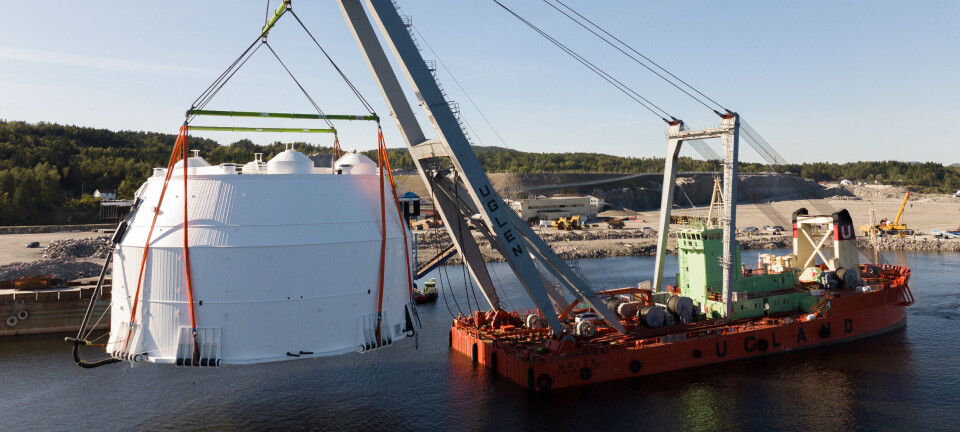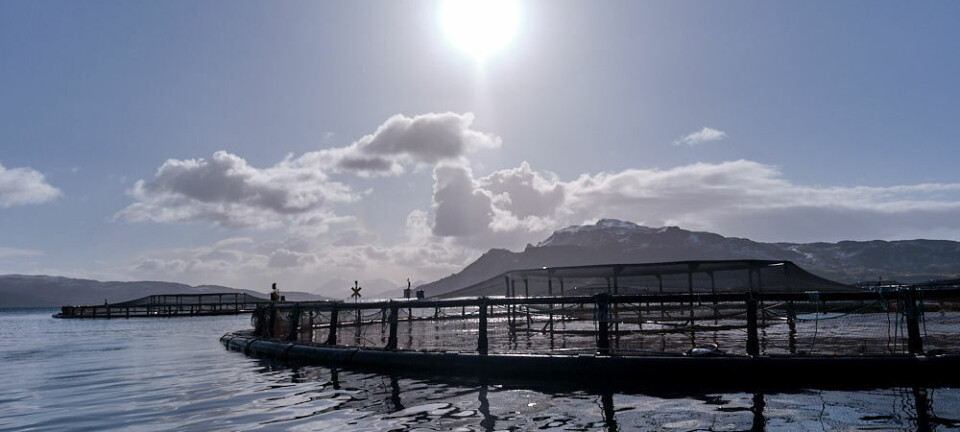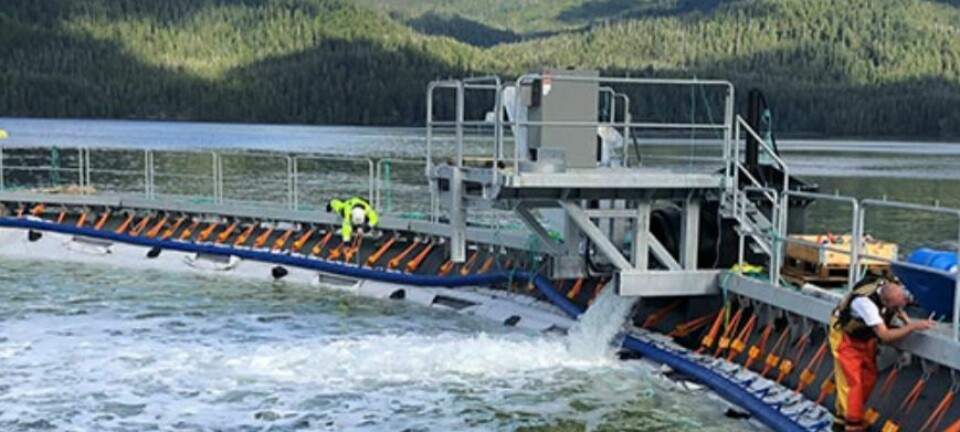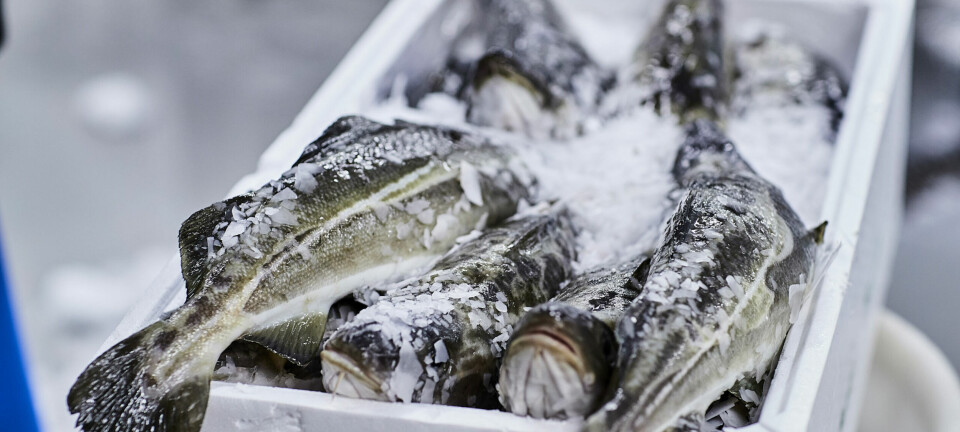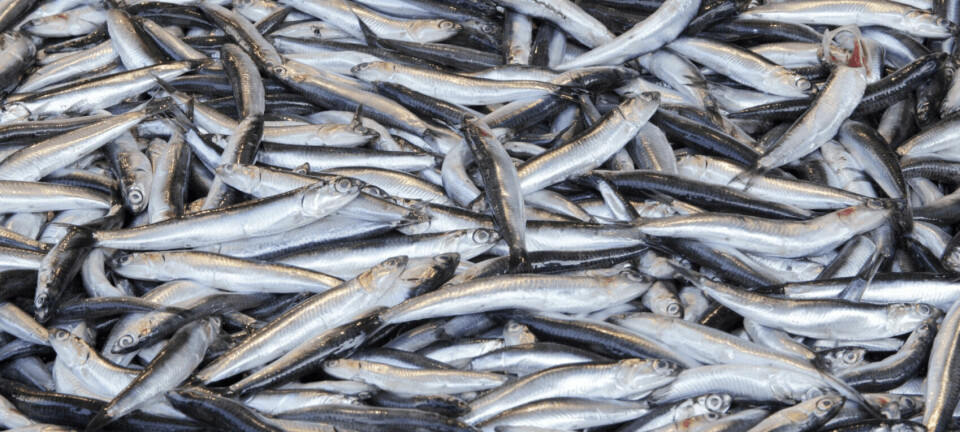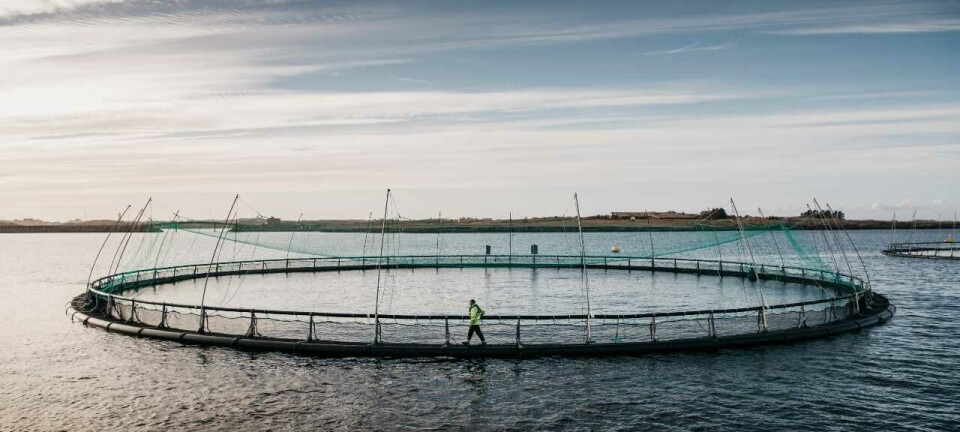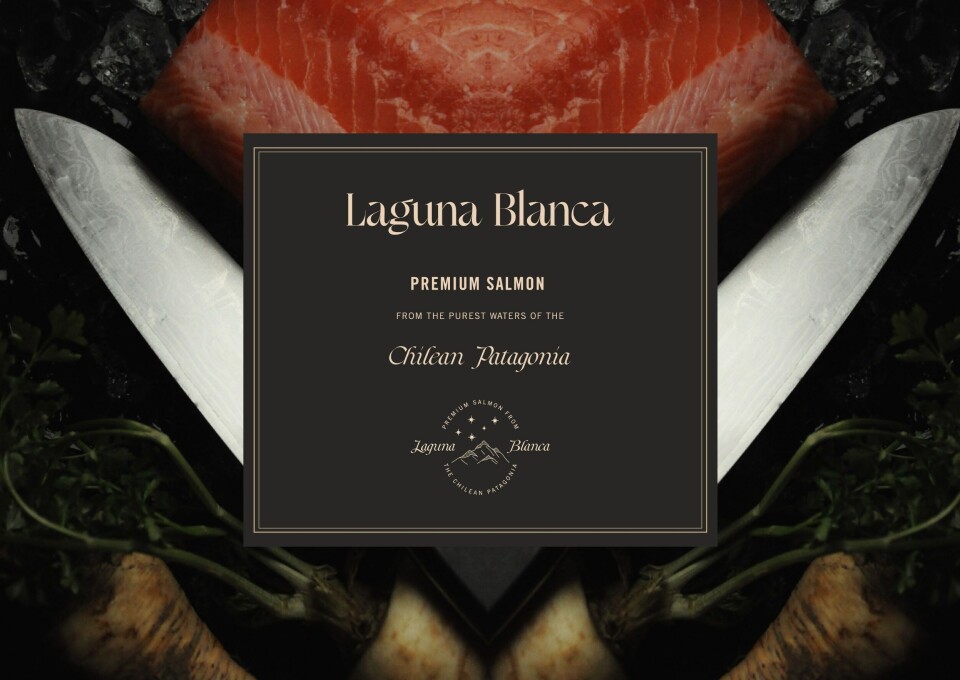
Blumar launches antibiotic-free premium brand for US
Chilean salmon farmer Blumar has launched a premium brand of fish produced in the country’s southern Magallanes region for the United States market. Laguna Blanca (White Lagoon) salmon is certified under the Aquaculture Stewardship Council standard and is grown without the use of antibiotics.
“We are very excited and proud of Blumar’s launch of Laguna Blanca here in the United States,” said Sebastián Goycoolea, chief executive of BluGlacier, a US sales company that Blumar operates in partnership with fellow salmon farmer Ventisqueros.
“People are looking for a product that is healthy, but also responsible for the planet. This new brand comes with this intention to show the environmental commitment, efficiency and quality of Chilean salmon, which we seek to position strongly in the North American market.”

Doubled revenues
Blumar this week reported that it had more than doubled its revenues for the second quarter of this year compared to the same period in 2020.
Revenues jumped from US $ 53.3 million to $112.8m, and the company advanced from a loss of $49.4m to a profit of $1.6m.
However, challenges remain for the company. Blumar chief executive Gerardo Balbontín said that ex-cage costs increased 10% to $3.65 per kilo, mainly due to the low sanitary performance in farms of the Aysén region and anticipated harvest linked to a regulatory change that forced the national industry to adjust its technical projects.
70,300 tonnes in 2021
The Blumar boss expects costs to decrease, especially in logistics, since the Magallanes region now has the Entrevientos plant that allows significant savings in primary processing. Costs in the southern region should normalise in a range of $3.30-$3.50 per kilo.
Blumar expects to produce 70,300 tonnes of salmon this year, of which 37,500 tons will be Atlantic salmon from Aysén, 30,200 tonnes will be Atlantic salmon from Magallanes, and 2,600 tonnes will be coho salmon. However, next year’s harvest is expected to fall to 62,300 tonnes due to the regulatory system related to macrozones, and then stabilise at around 65,000 tonnes.
Balbontín predicts that prices will stabilise in the region of $5.00-$5.50 per pound following the strong resurgence in demand for salmon that pushed prices as high as $6.00 per pound.

